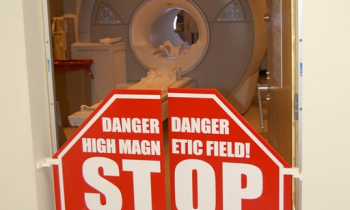Environmental risk assessment of pharmaceuticals inadequate
The strategies used to assess the environmental risks posed by pharmaceuticals are not enough to protect natural microbial communities, reveals a researcher from the University of Gothenburg, Sweden, who is calling for better environmental risk assessments.

“Above all, we need to include the combined effects of different drugs to reflect the situation in nature as it really is,” says Sara Brosché from the Department of Plant and Environmental Sciences at the University of Gothenburg.
Modern medicine relies on pharmaceuticals for the treatment of practically everything, from headaches to cancer. The active substances in the drugs we take do not disappear into the body but are gradually secreted in urine and faeces. They then enter the sewerage system, and small amounts make it through the entire sewage treatment process.
Small quantities of pharmaceuticals are nowadays found in most aquatic environments, from groundwater to seawater. The highest concentrations are in the effluent from sewage treatment plants, often in the form of a cocktail of many different drugs. Once out in nature, these drug residues continue to affect living creatures. This applies particularly to antimicrobial agents such as antibiotics and antifungals, which are designed to kill microorganisms whether they are “bad” and cause infection, or “good” and serve important functions in nature.
“I saw effects on bacteria from the antibiotic chlortetracycline even at the concentrations shown in scientific publications to be present in the effluent from sewage treatment plants. Although chlortetracycline is no longer used in Sweden, many antibiotics from the same class are still in use.”
In her research, Brosché has looked primarily at the combined effects of pharmaceuticals, as a cocktail of toxic substances will generally have a greater effect than the sum of its constituent parts. Her results show that although the levels of drugs normally seen in the environment are low, they are not without their risks.
“When five pharmaceuticals and personal care products (fluoxetine, propranolol, zinc pyritione, clotrimazole and triclosan) were mixed together at concentrations which did not have any significant effect individually, the mixture had an almost 30% effect on microalgae."
Brosché has also studied the high levels of antibiotics in effluents from pharmaceutical production in India. When microbial communities were exposed to this effluent, they rapidly developed increased tolerance to the antibiotic ciprofloxacin.
More information:
http://hdl.handle.net/2077/23156
18.10.2010










